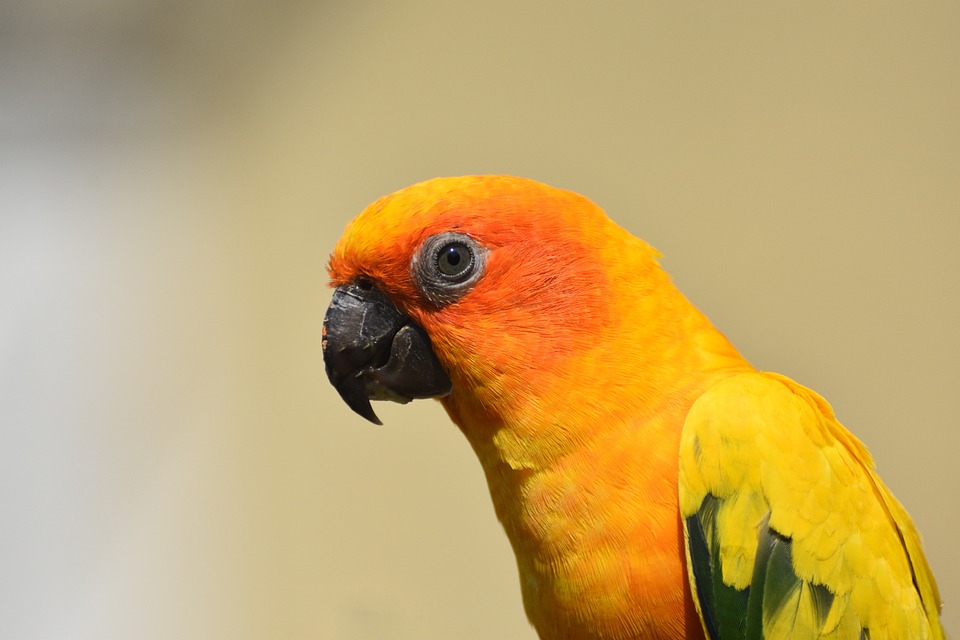*Heading: Tips for Recognizing Signs of Excitement and Anticipation*
Recognizing signs of excitement and anticipation in your parrot can greatly enhance your training sessions. Here are some tips to help you better understand your feathered friend’s emotions:
1. Observe and familiarize yourself with your parrot’s typical behavior: By knowing what is normal for your parrot, you can easily spot any changes that indicate excitement or anticipation.
2. Pay attention to vocalizations: As mentioned earlier, vocalizations are a common way for parrots to express their excitement. Take note of any unique sounds or increased volume that occur before training sessions.
3. Watch for changes in body language: Puffed feathers, wing flapping, tail wagging, dancing, and head bobbing are all physical signs that your parrot is excited and ready to train. Take the time to learn your parrot’s specific body language cues.
4. Monitor eye and beak expressions: Dilated pupils, beak grinding, and beak clicking are all indicators of excitement and anticipation. Keep an eye out for these subtle cues.
5. Notice increased energy levels: If your parrot is displaying more activity and movement than usual, it’s a clear sign that they are excited and ready for training.
6. Maintain a consistent training routine: By sticking to a regular training schedule, your parrot will learn to anticipate and look forward to their sessions. This will make it easier to recognize signs of excitement and anticipation.
7. Use positive reinforcement: Reward your parrot’s enthusiasm and excitement before training sessions. Verbal praise, treats, and favorite toys can all be used as rewards to reinforce positive behavior.
Remember, every parrot is unique, and their signs of excitement and anticipation may vary. Take the time to understand your parrot’s individual behavior and cues, and adjust your training approach accordingly. With patience and attention, you’ll create a positive and engaging training environment for you and your parrot.









